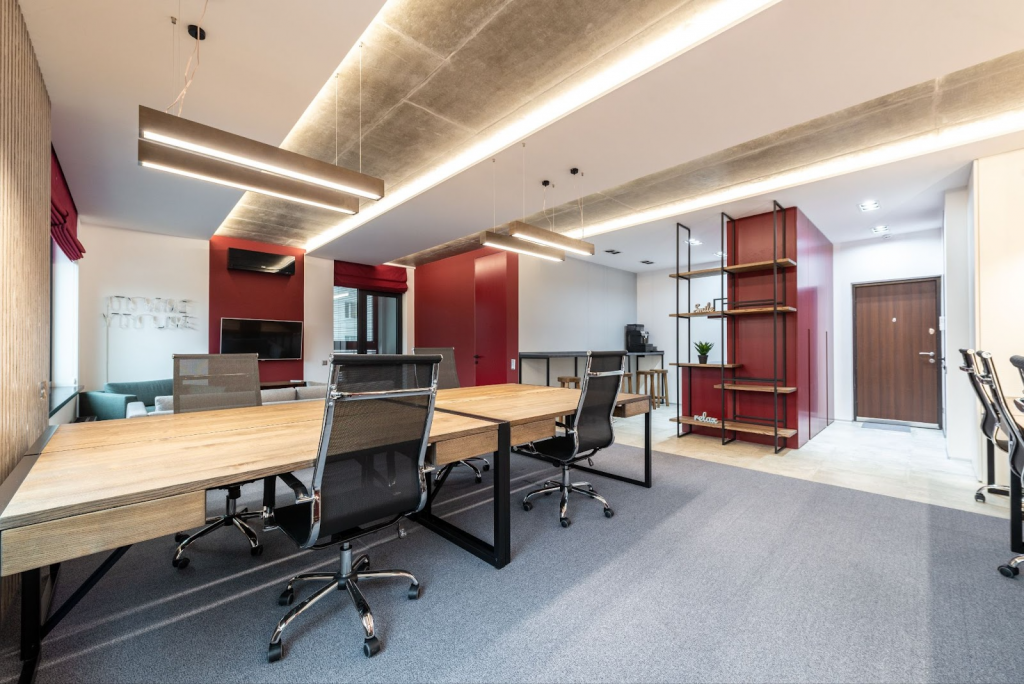
Creating a professional and inviting work environment is paramount for any corporate office, as it sends the message to employees and customers alike that your company values their comfort, safety, and productivity. This guide offers key advice to assist all businesses in creating an inviting yet professional workspace, so they can reap all of the advantages that an optimal working environment brings, while avoiding potential pitfalls associated with less than ideal settings. Utilizing these strategies, businesses can promote positivity and collaboration among staff while also offering comfort and convenience. From safety protocols to designing an inviting aesthetic, this guide will ensure that your corporate office looks just as inviting as it feels!
1) Develop safety protocols
Safety protocols are key components of any professional and inviting work environment, and businesses should take proactive steps to ensure that their workplace is a safe environment for employees. This may include implementing policies such as providing evacuation routes, installing fire alarms, and providing training on emergency procedures; additionally, they should consider ergonomic solutions such as adjustable chairs to avoid physical discomfort in employees.
If taken seriously, measures taken to eliminate potential workplace hazards can boost morale while also protecting against liabilities in the future. Furthermore, investing in quality equipment that’s properly maintained will protect workers while safeguarding company assets; developing safety protocols is an investment that pays dividends with increased productivity and employee satisfaction down the line.
2) Implement appealing design elements
Design elements can also play an essential role in creating an inviting workplace. Businesses may want to add some soothing plants like jade for an aesthetic touch or wall art that reflects their values and mission statements.
Comfortable seating areas filled with natural light can enhance collaboration among staff members while offering ample opportunity for relaxation in between tasks. Businesses should aim to keep their workspace clutter-free and efficiently organize supplies and documents; doing so allows employees to access what they need when they need it most. You could also opt for some industrial painting to lighten up the place and create a modern environment for employees to enjoy.
3) Promote a work-life balance
Businesses should aim to foster a balanced work-life balance in their staff. This could involve providing them with flexible scheduling options and access to recreational activities like team-building events or outings; doing so will foster strong relationships among co-workers while improving physical and mental wellbeing. Furthermore, rewarding or incentivizing staff for completing tasks on time or reaching specific targets could motivate employees further and make them feel valued by the company.
Creating a professional and inviting work environment is of utmost importance in any corporate office, so by following the strategies outlined here, businesses can create an inviting workplace that is both safe and aesthetically pleasing, reaping all of its many advantages while avoiding potential liabilities. Doing this will foster positivity among staff while simultaneously improving physical and mental wellbeing; ultimately, these strategies should ensure employees are comfortable in their workspace and productive within it.





